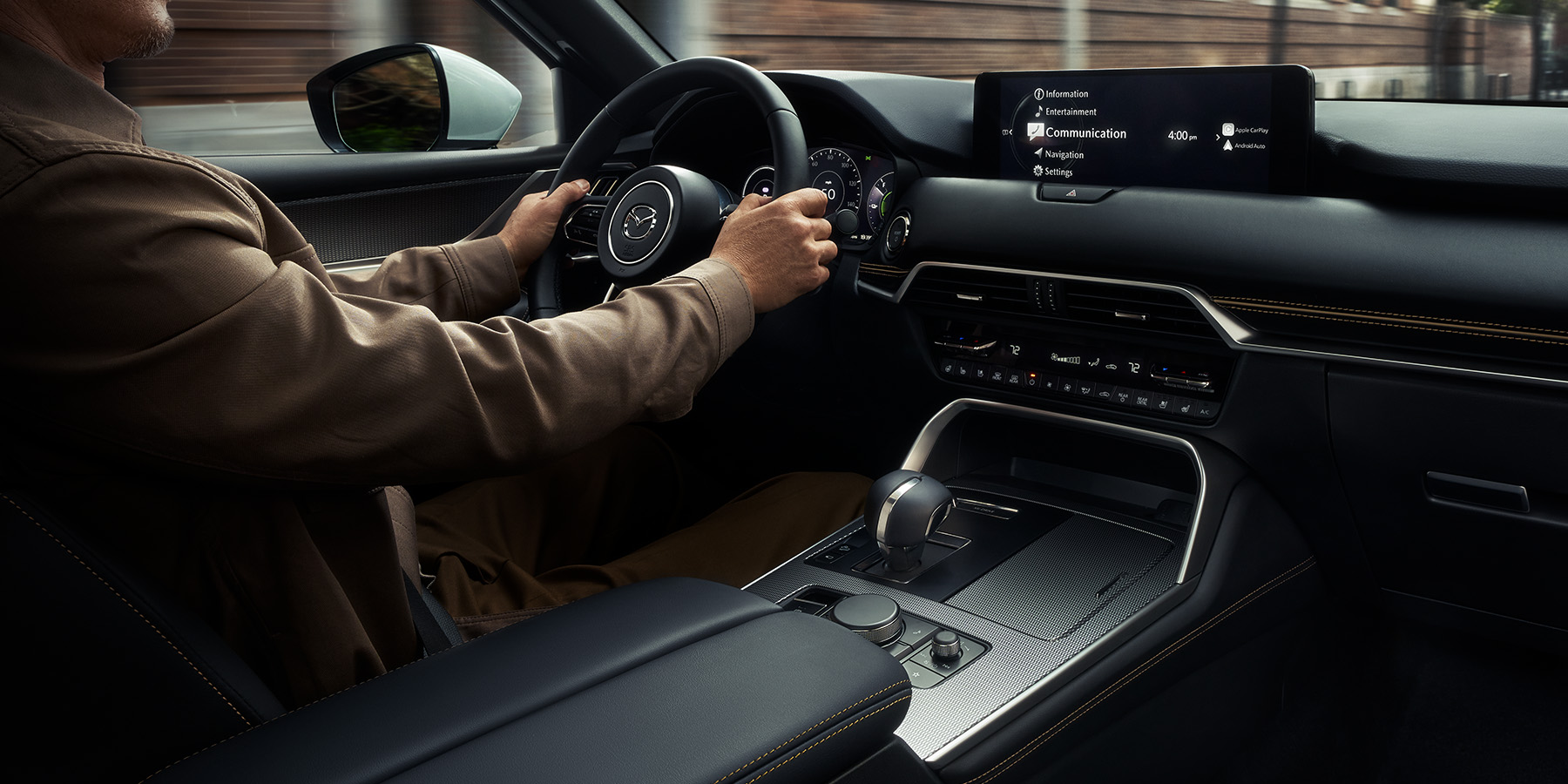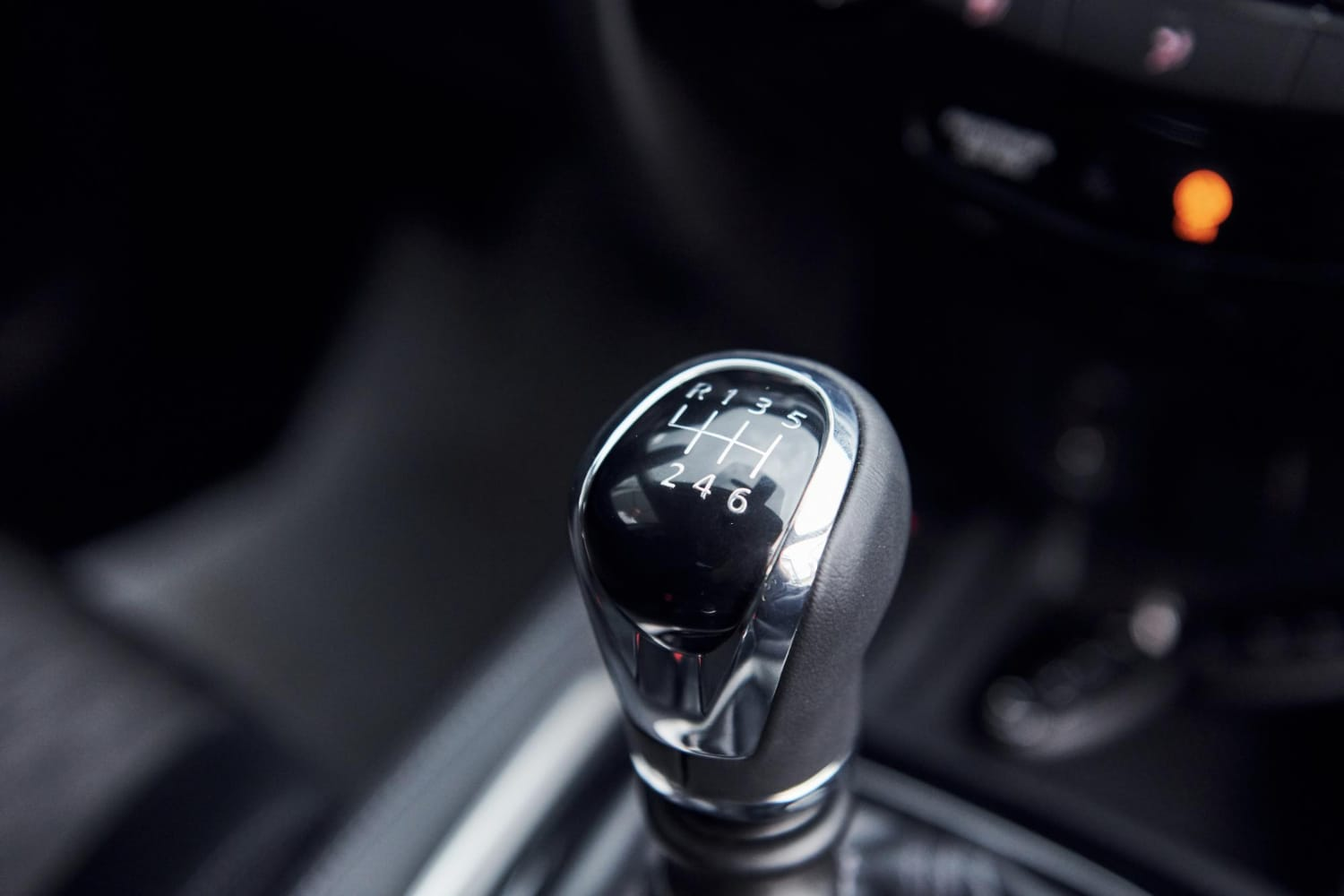
Turbocharged engines have revolutionized the automotive industry by significantly enhancing performance through forced induction technology. Unlike naturally aspirated engines that rely solely on atmospheric pressure to draw air into the combustion chamber, turbocharged engines use exhaust gases to drive a turbine that compresses incoming air. This process increases the air-fuel mixture’s density, allowing the engine to generate more power without increasing its physical size. This article delves into the workings of turbocharged engines and explores how they elevate performance in modern vehicles.

At the core of a turbocharged engine is the turbocharger itself, which consists of a turbine and a compressor connected by a common shaft. Exhaust gases expelled from the engine spin the turbine, causing the compressor to draw in and compress ambient air. This compressed air is then forced into the engine’s intake manifold at higher pressure and density than in a naturally aspirated engine. As a result, more oxygen molecules are available for combustion, enabling the engine to burn more fuel and produce more power.
The primary advantage of turbocharged engines lies in their ability to deliver higher horsepower and torque outputs compared to naturally aspirated engines of similar size. This allows automakers to downsize engine displacement while maintaining or even improving performance. Smaller turbocharged engines can achieve the power levels of larger naturally aspirated engines, offering a balance of performance and fuel efficiency.
Turbocharging enhances engine efficiency by maximizing the use of exhaust energy that would otherwise be wasted. By recovering this energy to drive the turbocharger, turbocharged engines can achieve better fuel economy under certain driving conditions. This efficiency improvement is particularly noticeable during highway cruising and steady-state driving, where the engine operates at higher loads and can fully utilize the turbocharger’s boost.
Another benefit of turbocharged engines is their responsiveness and throttle response. The additional air provided by the turbocharger allows the engine to deliver instant power when the driver presses the accelerator pedal, enhancing the driving experience. This responsiveness is particularly evident in sports cars and performance-oriented vehicles, where quick acceleration and high-speed maneuverability are essential.

Advancements in turbocharger technology have led to the development of twin-turbo and even electrically assisted turbo systems. Twin-turbo setups use two turbochargers of different sizes to optimize performance across the engine’s RPM range, ensuring smooth power delivery and minimizing turbo lag—the delay in throttle response inherent in earlier turbocharged engines. Electrically assisted turbos, also known as e-turbos or electric turbochargers, incorporate an electric motor to spool up the turbo more quickly at lower RPMs, further reducing turbo lag and enhancing overall engine efficiency.
Despite their numerous advantages, turbocharged engines do have some drawbacks. They can be more complex and expensive to manufacture than naturally aspirated engines, primarily due to the additional components involved in the turbocharging system. Additionally, turbocharged engines may require higher octane fuel to prevent knocking and maximize performance, adding to operating costs.
In conclusion, turbocharged engines represent a significant technological advancement in automotive engineering, offering enhanced performance, improved fuel efficiency, and responsiveness. From compact hatchbacks to high-performance sports cars, turbocharging has become a widely adopted strategy for automakers seeking to balance power and efficiency in their vehicle lineup. As technology continues to evolve, turbocharged engines are expected to play a pivotal role in meeting increasingly stringent fuel economy regulations while satisfying consumer demand for performance-oriented vehicles.





